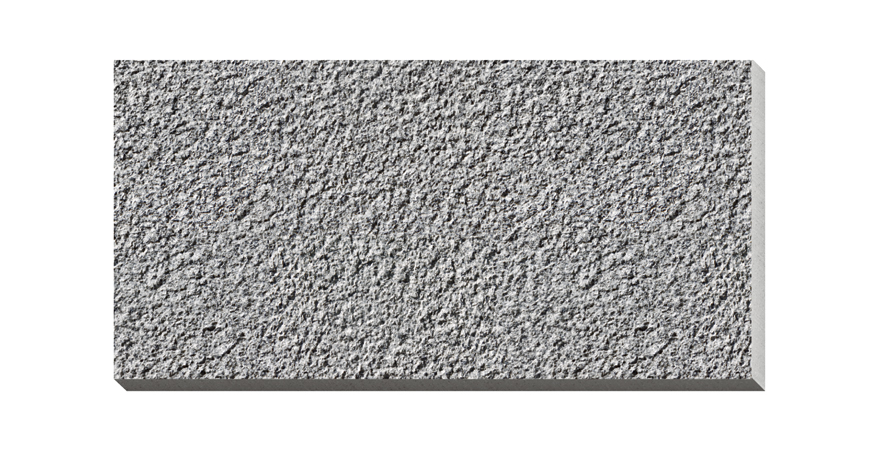|
Granite paving stones are increasingly favored and promoted for outdoor installation due to their excellent durability, aesthetics, and practicality.
Whether it's a family courtyard, pedestrian paths, or urban squares, granite paving stones can offer both an attractive and practical solution.

This article will provide a detailed introduction to the characteristics, applications, versatility, and sustainability of granite paving stones in design, giving you a comprehensive understanding of why they are becoming the preferred material for more and more designers and homeowners.
Definition and characteristics of granite paving stones
Granite is a natural igneous rock primarily composed of minerals such as quartz, potassium feldspar, and pyroxene, which endow granite not only with high hardness but also excellent wear resistance and durability.
Granite pavement stones are processed from granite into certain shapes and sizes, with common shapes including square, rectangular, and hexagonal.
Key features include:
1. Durability: Granite is extremely hard, wear-resistant and pressure-resistant, and can remain stable for a long time even in areas with high foot traffic.
2. Aesthetics: The natural color and unique texture make each piece of granite pavement a unique work of art, which can greatly increase the beauty of outdoor space.
3. Weather resistance: Granite is highly resistant to weathering and can maintain its natural color and structural stability even under extreme climatic conditions.
4. Easy maintenance: The surface treatment of granite is smooth, and cleaning and maintenance are relatively easy, so it is not easy to hide dirt.
Application of granite paving stones
The application of granite paving stones is very wide, it can be used in the following aspects:
1. Courtyards and gardens: granite paving stones are commonly used materials in landscape design, which can not only withstand the erosion of the external environment, but also maintain long-term beauty.
2. Pedestrian walkways and driveways: Due to their excellent pressure resistance and wear resistance, granite paving stones are particularly suitable for pedestrian walkways, driveways and other places that need to withstand heavy loads.
3. Public places: In parks, squares and other public places, granite is not only used as paving stones, but also often used to build sculptures, seats and other facilities.
4. Indoor flooring: Granite is also often used for interior flooring decoration, especially in high-end commercial or residential settings.
Diversity in design
Granite paving stones offer a wide range of design possibilities allowing designers to choose from different colors and textures of granite according to the needs of various projects.
From dark gray to pink from simple monochromatic to complex patterns the diversity of granite can meet a variety of aesthetic requirements.
Sustainability and environmental protection
As a natural material, granite has a relatively low environmental impact during production and processing.
Moreover, the longevity and recyclability of granite make it an environmentally friendly choice.
Using granite not only reduces the need for mining new materials but also decreases waste generation.
epilogue
Overall, granite paving stones hold an indispensable position in modern paving materials due to their unique aesthetics, excellent practicality, and environmental friendliness.
Whether it is for decorating family courtyards or constructing public spaces, granite can showcase its unique charm and value.
Choosing granite paving stones means selecting not only the material itself but also a lasting beauty and a sustainable future.
|